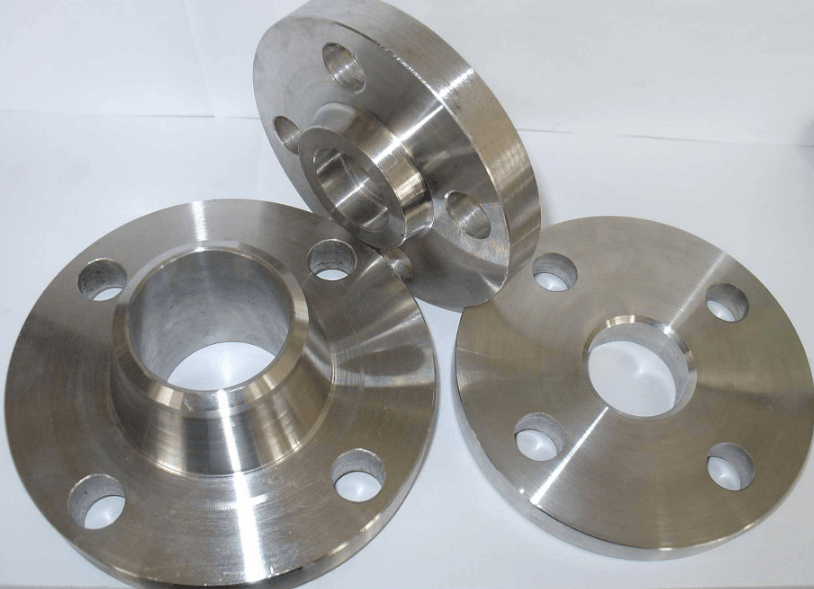In the vast realm of metallic alloys, Inconel 600 vs Stainless Steel 310 occupies distinct positions, each offering unique properties suitable for a range of applications. In this article, we delve into the chemical composition, mechanical properties, corrosion resistance, and typical applications of Inconel 600 and Stainless Steel 310, highlighting their key differences.

Inconel 600 vs Stainless Steel 310 – What’s the Difference?
Inconel 600 vs Stainless Steel 310 – Chemical Composition
The primary difference between Inconel 600 and Stainless Steel 310 lies in their chemical composition. Inconel 600 is primarily composed of nickel, with significant amounts of chromium and iron. This nickel-chromium-iron alloy is designed to provide excellent resistance to oxidation and corrosion in high-temperature environments. The high nickel content contributes to its stability and resistance to corrosion, while the chromium adds to its oxidation resistance.
Stainless Steel 310, on the other hand, is an austenitic stainless steel containing chromium and nickel as its primary alloying elements. It also contains carbon and other elements in smaller quantities. The chromium content gives it excellent corrosion resistance, while the nickel content enhances its ductility and toughness. The higher carbon content in Stainless Steel 310 compared to some other stainless steel grades allows it to operate at higher temperatures.
Inconel 600 vs Stainless Steel 310 – Mechanical Properties
Both Inconel 600 and Stainless Steel 310 exhibit good mechanical properties, but there are notable differences. Inconel 600 is known for its high creep resistance, which means it can maintain its shape and strength even under prolonged exposure to high temperatures. It also exhibits good fatigue strength, making it suitable for applications where repeated stress is present.
Stainless Steel 310, while also having good high-temperature strength, is more noted for its ductility and weldability. This allows it to be easily formed and joined, making it suitable for a wide range of manufacturing processes. However, its creep resistance is typically lower than that of Inconel 600, limiting its use in the highest temperature applications.
Inconel 600 vs Stainless Steel 310 – Corrosion Resistance
Both alloys offer good corrosion resistance, but the types of environments they excel in differ. Inconel 600 is particularly resistant to oxidation and corrosion in high-temperature oxidizing atmospheres, such as those encountered in furnaces and heat-treating equipment. It also maintains its corrosion resistance even after long-term exposure to these conditions.
Stainless Steel 310, on the other hand, is known for its resistance to corrosion in a wide range of environments, including those containing acids, alkalis, and salts. It performs well in both oxidizing and reducing environments, making it suitable for chemical processing and other industrial applications where corrosion is a concern.
Inconel 600 vs Stainless Steel 310 – Applications
The unique properties of Inconel 600 and Stainless Steel 310 lead to their use in different industrial settings. Inconel 600 is commonly used in high-temperature applications where excellent oxidation and corrosion resistance are required, such as in nuclear power plants, aerospace, and oil and gas processing. Its ability to retain mechanical properties at high temperatures makes it a preferred choice for these demanding environments.
Stainless Steel 310, on the other hand, finds widespread application in chemical processing, petrochemical, and power generation industries. Its good corrosion resistance and ductility allow it to be used in equipment and piping that handles corrosive media. It is also used in high-temperature furnace parts and heat exchangers.
Conclusion
Inconel 600 and Stainless Steel 310 are both excellent alloys with unique properties that make them suitable for different industrial applications. The choice between the two alloys depends on the specific operating conditions and the requirements of the application.
Thank you for reading our article and we hope it can help you to have a better understanding of the differences between Inconel 600 vs Stainless Steel 310. If you are looking for Inconel 600 Alloy suppliers online now, we would advise you to visit Huaxiao Alloy.
As a leading supplier of Inconel Alloys from Shanghai China, Huaxiao Alloy offers high-quality Inconel Alloy products such as Inconel 600, Inconel 825, Inconel 601, and Inconel 718 at a very competitive price.



